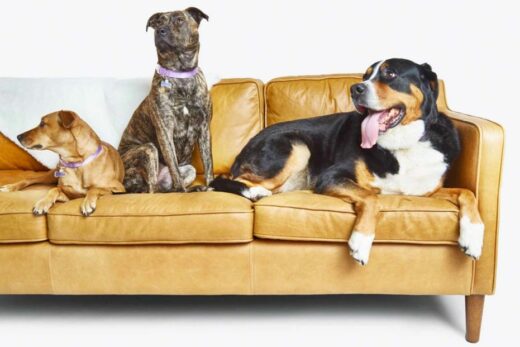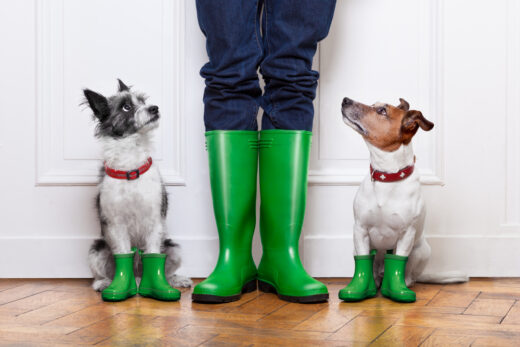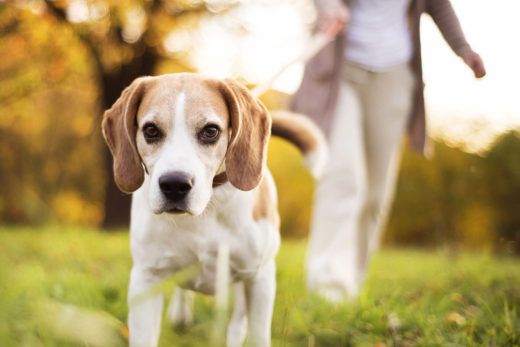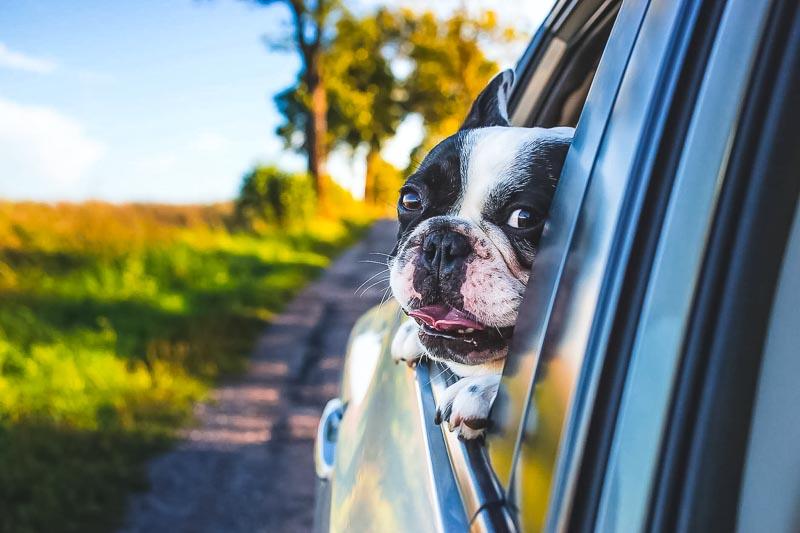
Having a dog that will gladly jump in the car to join you and your family for outdoor adventures is truly one of the great pleasures of having a canine companion. Unfortunately, if your dog is scared of car rides, it can really throw a wrench in your weekend plans. Luckily, training your pooch to love the car is easy enough to do if you have some patience and don’t mind putting in some practice time.
The main trick to helping your dog with any phobia is to slowly introduce the trigger, in this case the car, while keeping her under the reaction threshold. The reaction threshold is any sign that your canine companion is starting to stress out. Signs vary, but common stress reactions include whining, panting, or trying to make a beeline in the other direction.
Since the reaction threshold varies for each individual, the first step is to identify how close your pup has to be to the car before she starts to have a reaction. Then, work on a reconditioning program, as outlined below, starting at whatever stage keeps her below the reaction threshold and gradually upping the ante. This process can take a few weeks of regular practice, but it’s totally worth it!
A reconditioning program has two main goals. First, to make driving with your dog a positive experience filled with great things like treats, pets, praise and going to fun and exciting places. Second, you want to reward calm behavior, not anxious behavior. This is why it is important to work at a pace that keeps her under the reaction threshold – otherwise you are rewarding anxious behavior.
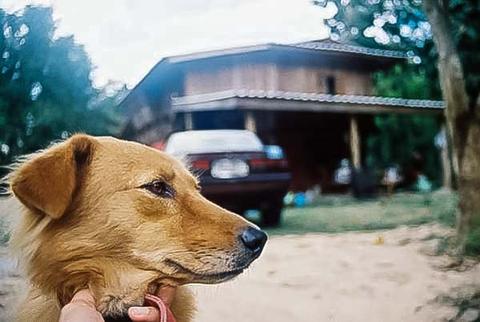
Step by Step Reconditioning for Dog Car Phobia
Keep training sessions short, 15-20 minutes tops. Feel free to repeat a few training sessions in a row with breaks in between if your dog is progressing well. You aren’t likely to solve this problem in a single session and going too fast is likely to undo your progress.
If your dog does not have a reaction until one of the stages below, feel free to go to whatever stage comes right before the reaction and start your training regimen there. If you notice that you are getting frustrated, stop the training session and pick it up another time. Your canine is very sensitive to your feelings and can easily pick up on your emotions, potentially making a negative association with the car.
Using plenty of praise and some food rewards, progress through the following stages:


